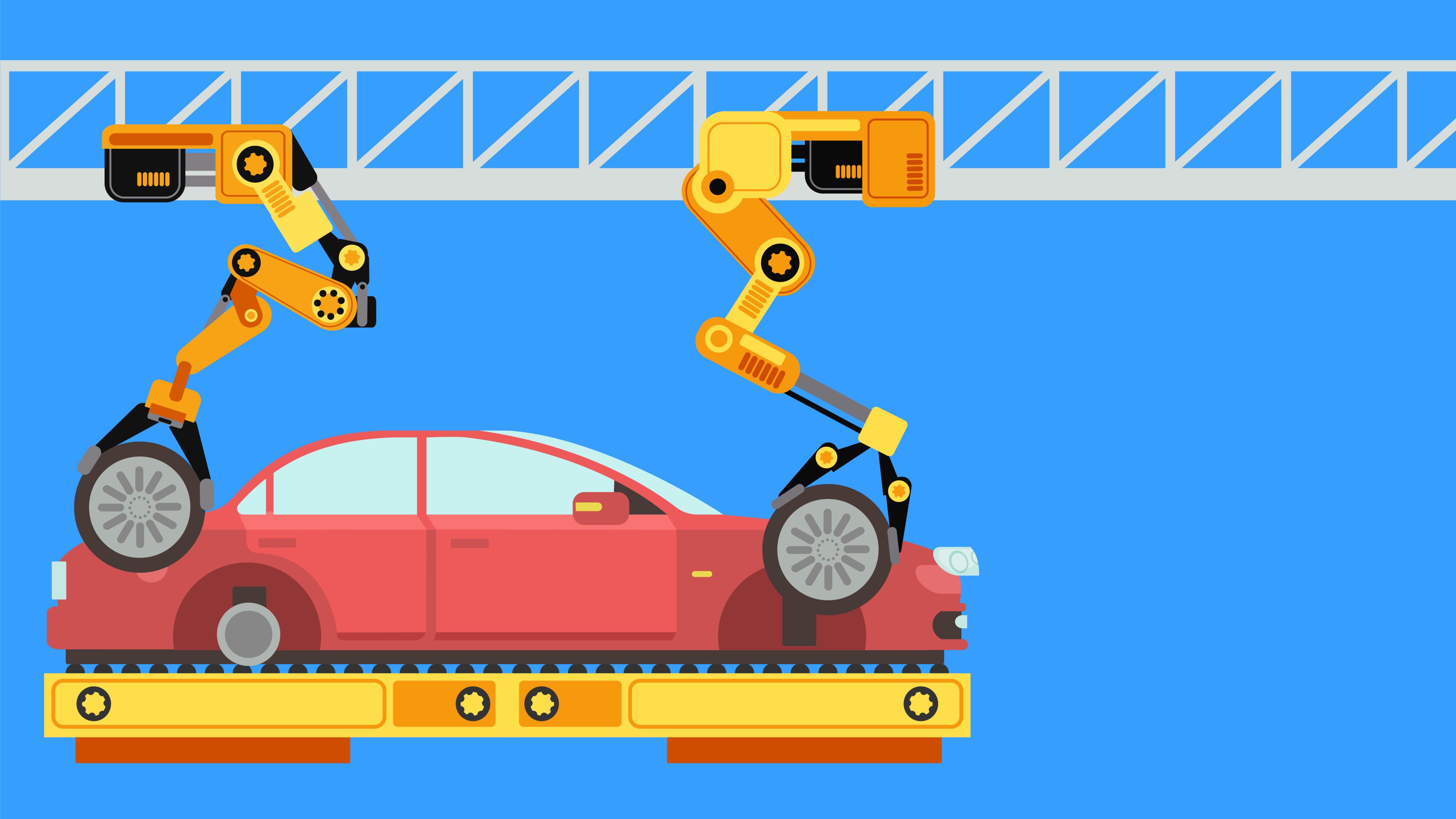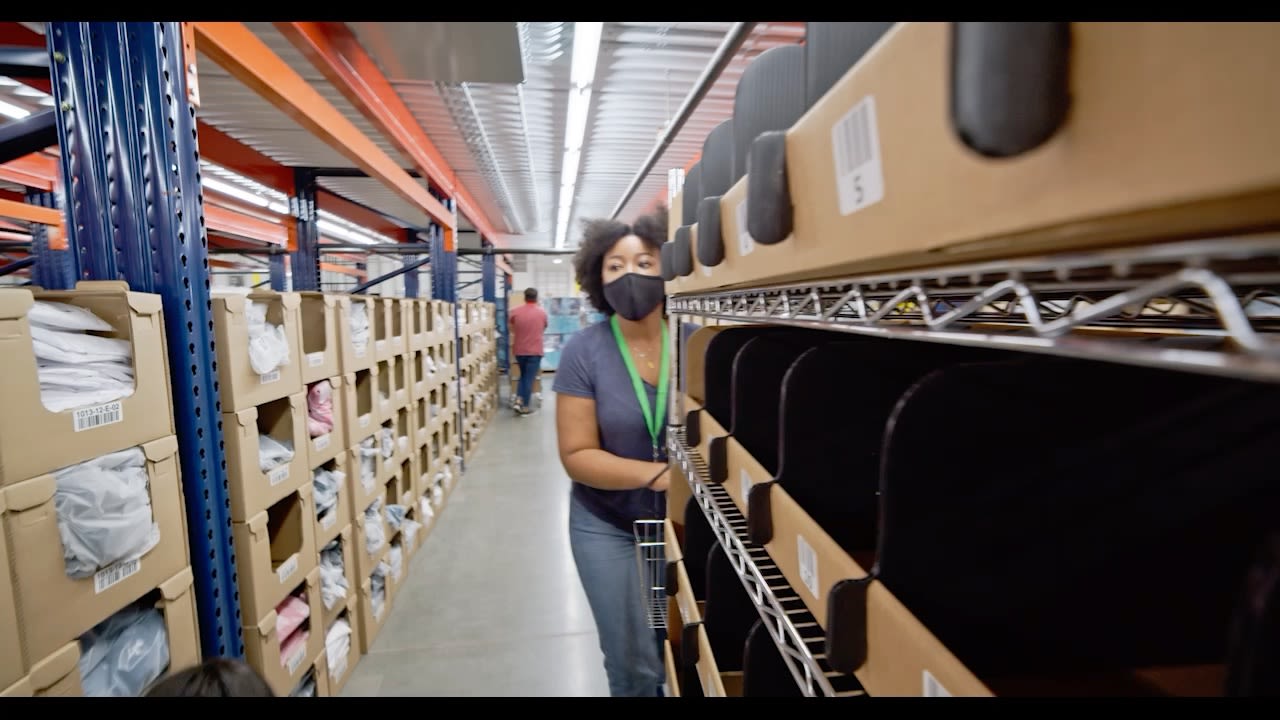Chain Reaction

Thirty thousand parts. Imagine trying to assemble a jigsaw puzzle or new furniture for your home with 30,000 pieces strewn out in front of you. Now imagine you had to find each of those parts in 30,000 different places just to get started.
That is what it takes, on average, to make one automobile. It’s also the simplest way to explain the complexity of the global supply chain, according to Richard Michelfelder, clinical associate professor of economics and finance at Rutgers School of Business–Camden. “What a supply chain is really meant to do is map or develop a process for a multi-market system,” said Michelfelder.

Essentially, businesses are looking to answer the question of how supply can meet demand. “It is an incredibly complex question because of the seeming infinitude of markets and products out there,” he continued. Referring to the automobile example, he noted, “If you’re looking at 20 to 30 thousand parts, you’re looking at 20 to 30 thousand suppliers. That’s for one product.”
Before March 2020, many Americans didn’t think much about logistics or the global supply chain; but the restrictions and shortages brought about by COVID-19 have changed that. It would be unusual to find any area of modern life that hasn’t been impacted by the current global supply-chain crisis. The issue remains widespread and prevalent in almost every sector of the economy even now, more than two and a half years since the pandemic started. From the shortage in semiconductors (“chips”) for manufacturing, to lumber and other materials for construction, to everyday consumer goods, it seems like almost everything is in short supply.
“There’s no such thing as a pre-COVID economy anymore,” said Michelfelder. “This is something that the modern economy has never experienced.”

Dr. Rich Michelfelder, clinical associate professor of economics and finance for Rutgers School of Business–Camden.
Dr. Rich Michelfelder, clinical associate professor of economics and finance for Rutgers School of Business–Camden.



Many wonder how everything could have become so bad, so quickly. The globalization of the world’s economy over the past half-century has brought many benefits, including improved efficiency in manufacturing, more competition, and lower production costs. This same global expansion, however, sometimes creates challenges in maintaining a smooth flow of raw materials, parts, supplies, and finished goods. Transportation delays, communication issues, and geopolitical conflicts have all contributed to past supply-chain disruptions.
The pandemic brought two significant changes that further disrupted the flow of goods: Businesses across the globe were forced to operate with limited capacity due to labor shortages, and the demand for durable goods—cars, washing machines, and other goods expected to last a long time—shot up as large portions of the world locked down. Together, this formed a perfect storm, one that continues to affect commerce and daily life.
“Hopefully we’re going to get to a new normal where possibly we may have fewer shortages. But there is no going back.”
One silver lining was that the initial shock of pandemic shortages forced businesses to prioritize innovation and to move more quickly on changes in distribution that they had been planning. The logjams once seen at American ports have eased, and the time it takes for goods to ship from Asia to the United States has come down from a high of nearly 15 weeks in October 2021. Retailers also have started to see excess inventory, especially in the home goods and outdoor furniture categories; both segments were popular at the height of the pandemic, when many people were stuck at home.
“Companies discovered the weaknesses in their supply chains, and now they’re putting strategies into place to address those issues and prevent disruptions,” said Michelfelder. Investment in robotics and digital control has spiked since March 2020—an indication that companies are investing in technology to cope with the challenges presented by the pandemic.
New issues—including Russia’s invasion of Ukraine, political tensions between the United States and China, and global inflation—are complicating the effort to recover from the supply-chain disruptions. To Michelfelder, those events are indicators that the business world needs to begin thinking differently. “Adverse events are occurring with more frequency, and businesses need to begin to operate comfortably in an unstable environment,” said Michelfelder. “I am hopeful we will reach a new steady state, but it is a long way off.”

The emergence of environmental, social, and governance (ESG) as a corporate value may have an impact in finding long-term solutions for the global supply chain. “Companies are beginning to understand that a lack of ESG policies can lead to risks in their supply chains,” Michelfelder said. “Investors expect that companies will investigate how their suppliers are operating and understand the process.”
One positive result of the challenges of the past several years may be that corporations are shifting their perspective—instead of viewing the supply chain as a simple linear process, they realize it’s an important part of the overall value they offer. But any positive outcomes from COVID innovations or ESG programs won’t happen overnight.
“Anything that creates value will take time,” Michelfelder said. “The key for any company is to keep at it, do it the right way, and make it a part of who they are as an organization.”


Creative Design: Karaamat Abdullah
Photography: Ron Downes Jr.